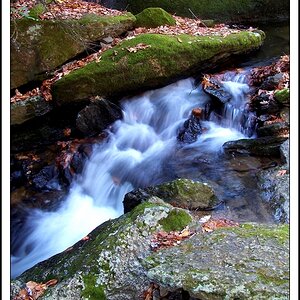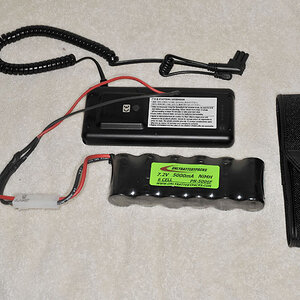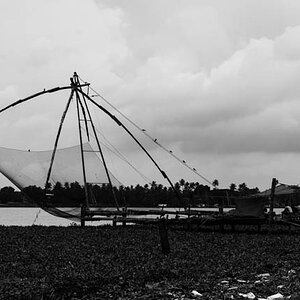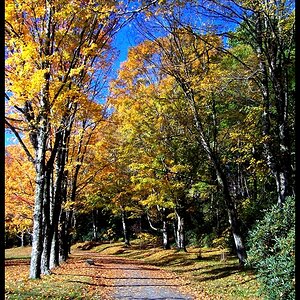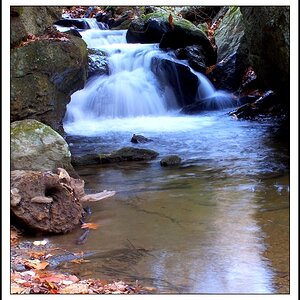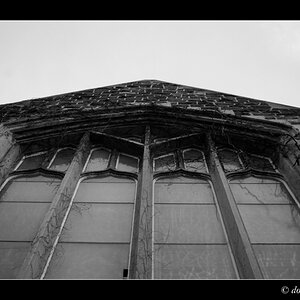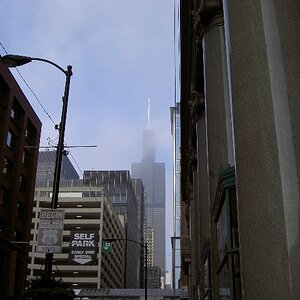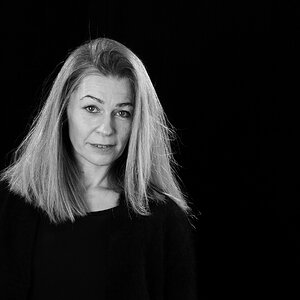Granddad
Been spending a lot of time on here!
- Joined
- Jun 22, 2011
- Messages
- 2,271
- Reaction score
- 1,333
- Location
- Lincoln, England
- Can others edit my Photos
- Photos OK to edit
The fixup looks really good. OK, GD, here is Peter Hurley critiquing head shots with Patrick Hall of Fstoppers. They discuss pupil size while looking at the girl with the finger nails at the 7:00 mark. Since I also use flash I put a small 55W fluorescent light (5500 Kelvin) behind the camera and it was enough light to shrink the pupil without messing with the shot. Another way is a window behind the camera.
Thanks Rick, not only the link but the solution, too. I'll have to look back through my other dining room shoots and see if they all have the same issue, it's one that I've never had pointed out before. Old dog, new tricks, learn something new every day and all that!


